When a pet suffers a fracture, the immediate response can significantly impact their recovery. Unlike humans, animals cannot communicate their pain or discomfort clearly, making it essential for pet owners to recognize the signs of a broken bone. Limping, swelling, visible deformity, and excessive licking of a specific area are common indicators. In such situations, staying calm and acting swiftly is crucial. The primary goal is to stabilize the pet and prevent further injury before reaching a veterinarian.
Assessing the Situation
Before attempting any form of first aid, it’s vital to evaluate the pet’s condition. Approach the animal cautiously, as pain and fear may cause even the gentlest pet to react aggressively. Speak in a soothing tone and avoid sudden movements. If the fracture is open—meaning the bone has pierced the skin—the risk of infection increases, and extra care must be taken. Cover the wound with a clean, damp cloth to minimize contamination. However, never attempt to push the bone back into place, as this could cause additional damage.
Creating a Temporary Splint
For limb fractures, immobilization is key. A makeshift splint can be fashioned using household items like cardboard, rolled-up newspapers, or even a wooden ruler. The splint should extend beyond the joints above and below the fracture to ensure stability. Gently wrap the splint with bandages or strips of cloth, ensuring they are snug but not tight enough to restrict circulation. Always check the toes or paw pads for signs of discoloration or coldness, which could indicate that the bandage is too tight.
Handling Spinal or Pelvic Injuries
Fractures involving the spine or pelvis require extreme caution. Moving a pet with such injuries improperly can lead to paralysis or other severe complications. If you suspect a spinal injury, slide a flat, sturdy object like a board or tray beneath the pet to keep their body aligned. Avoid bending or twisting their spine during transport. In cases of pelvic fractures, supporting the hindquarters with a towel sling can help distribute weight and reduce pain during movement.
Transporting to the Vet
Once the pet is stabilized, transport them to a veterinary clinic as quickly as possible. Use a carrier or a flat surface to minimize movement during the journey. Keep the pet warm and comforted, as shock can set in rapidly. If the pet is large, enlist help to lift them carefully, ensuring the injured area remains supported. Calling the vet ahead of time allows the clinic to prepare for immediate treatment upon arrival.
What Not to Do
While the intention to help is understandable, certain actions can worsen the situation. Never administer human pain medication to pets, as many common drugs like ibuprofen or acetaminophen are toxic to animals. Avoid attempting to set the bone yourself, as improper alignment can complicate healing. Refrain from forcing the pet to walk or putting pressure on the injured limb, as this may cause additional damage.
Preventive Measures
Accidents happen, but some fractures can be prevented with proactive care. Keeping pets at a healthy weight reduces stress on their bones and joints. Providing a safe environment free from hazards like slippery floors or unstable furniture minimizes the risk of falls. For active or adventurous pets, supervised play and avoiding high-risk activities can go a long way in preventing traumatic injuries.
The Role of Professional Care
While first aid is a critical first step, professional veterinary care is indispensable for proper fracture management. Vets may use X-rays to assess the extent of the injury and determine the best course of treatment, which could include splints, casts, or even surgery. Follow-up care, such as physical therapy or restricted activity, is often necessary to ensure a full recovery. Trusting the experts ensures that your pet receives the comprehensive care they need to heal properly.
Understanding how to respond to a pet’s fracture can make a significant difference in their recovery. By staying informed and prepared, pet owners can provide the immediate care their furry friends need while ensuring they reach professional help safely. Remember, quick thinking and a calm demeanor are your best tools in an emergency.

By /Jul 31, 2025

By /Jul 31, 2025

By /Jul 31, 2025

By /Jul 31, 2025

By /Jul 31, 2025
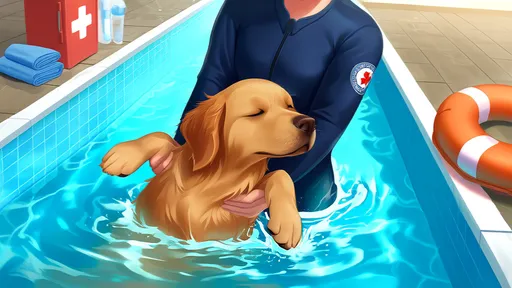
By /Jul 31, 2025
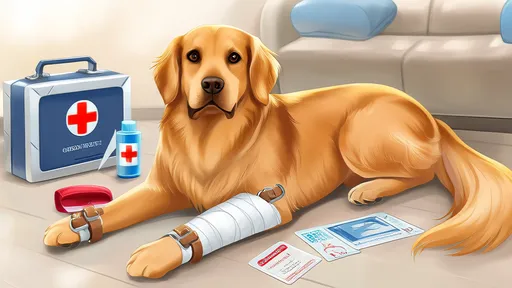
By /Jul 31, 2025

By /Jul 31, 2025
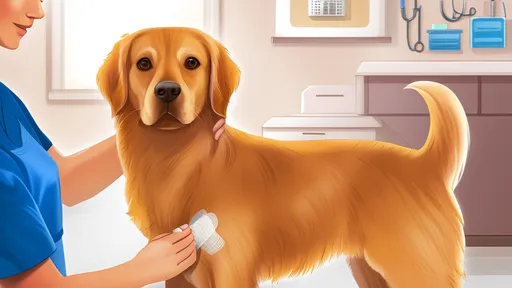
By /Jul 31, 2025
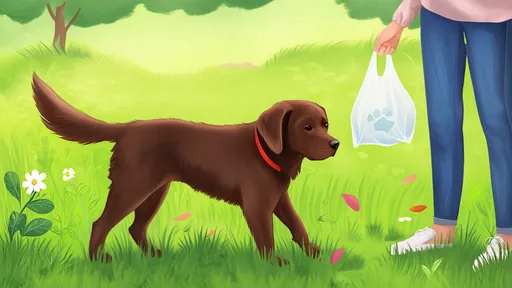
By /Jul 31, 2025

By /Jul 31, 2025

By /Jul 31, 2025

By /Jul 31, 2025

By /Jul 31, 2025

By /Jul 31, 2025

By /Jul 31, 2025

By /Jul 31, 2025
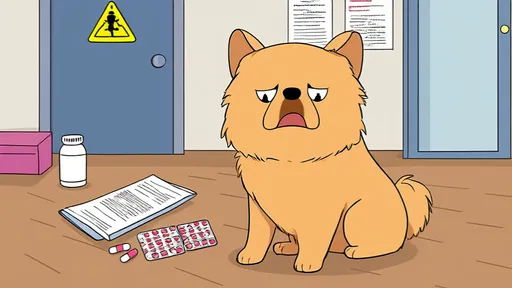
By /Jul 31, 2025

By /Jul 31, 2025

By /Jul 31, 2025